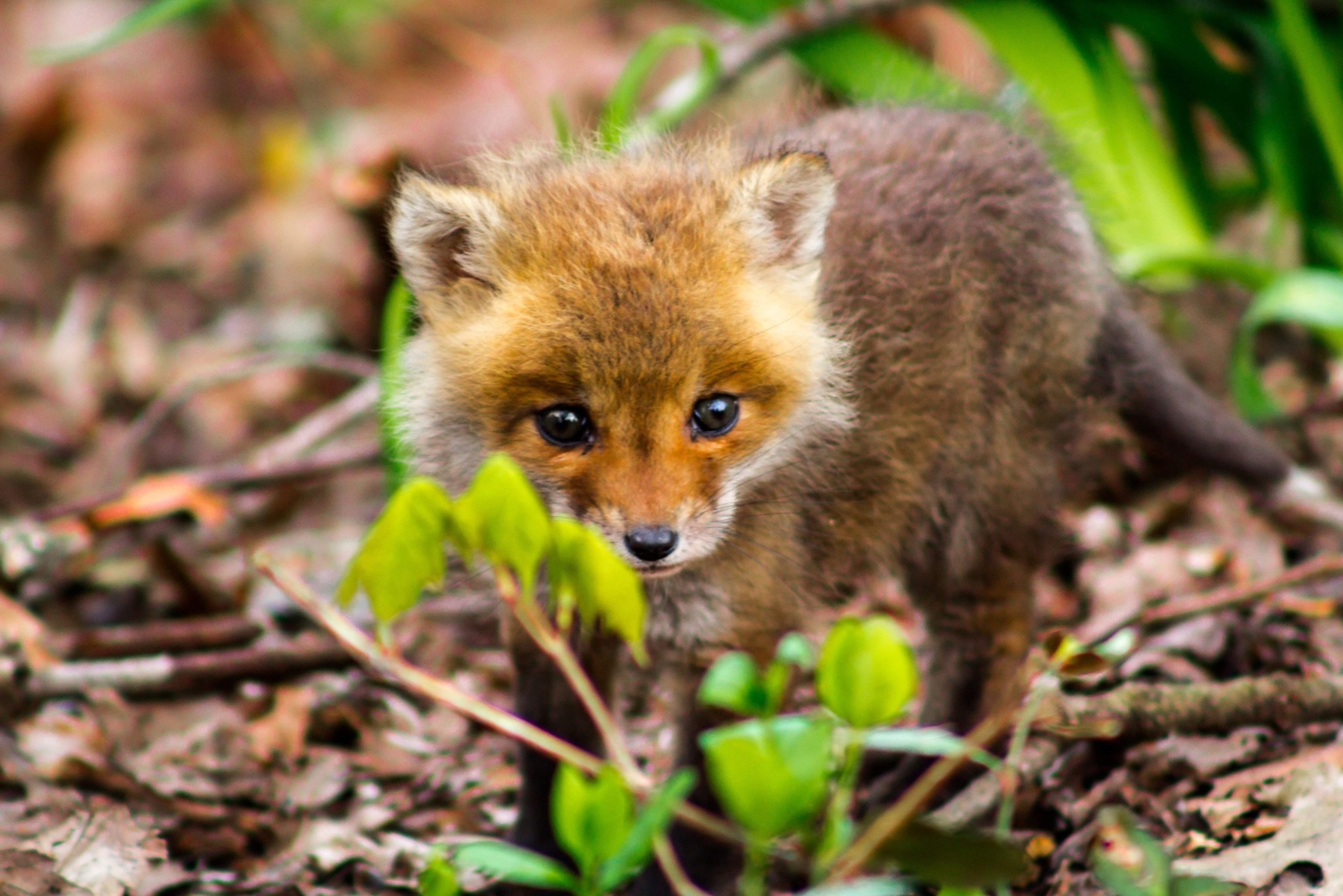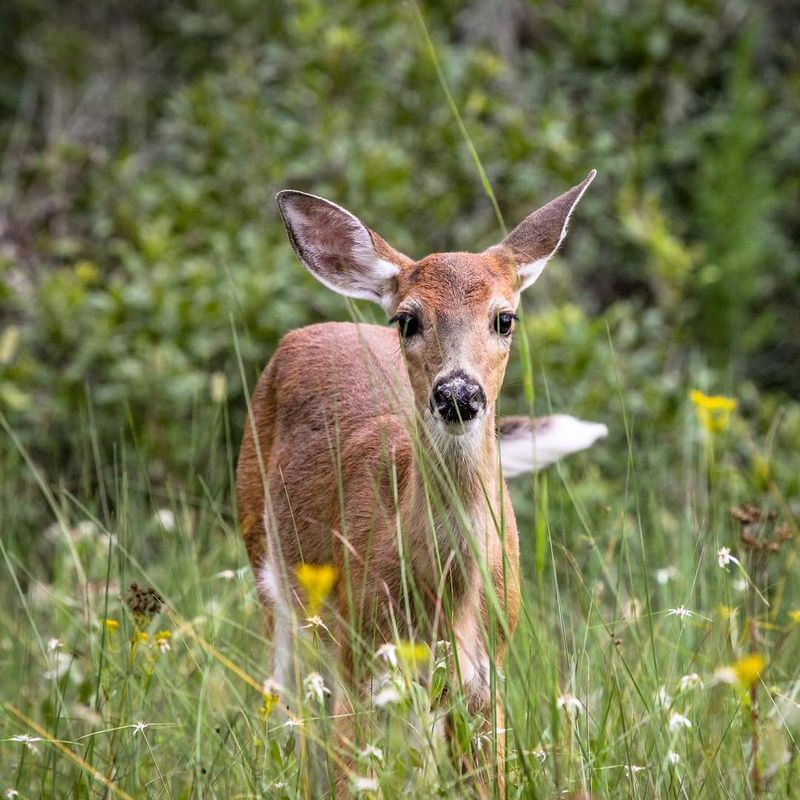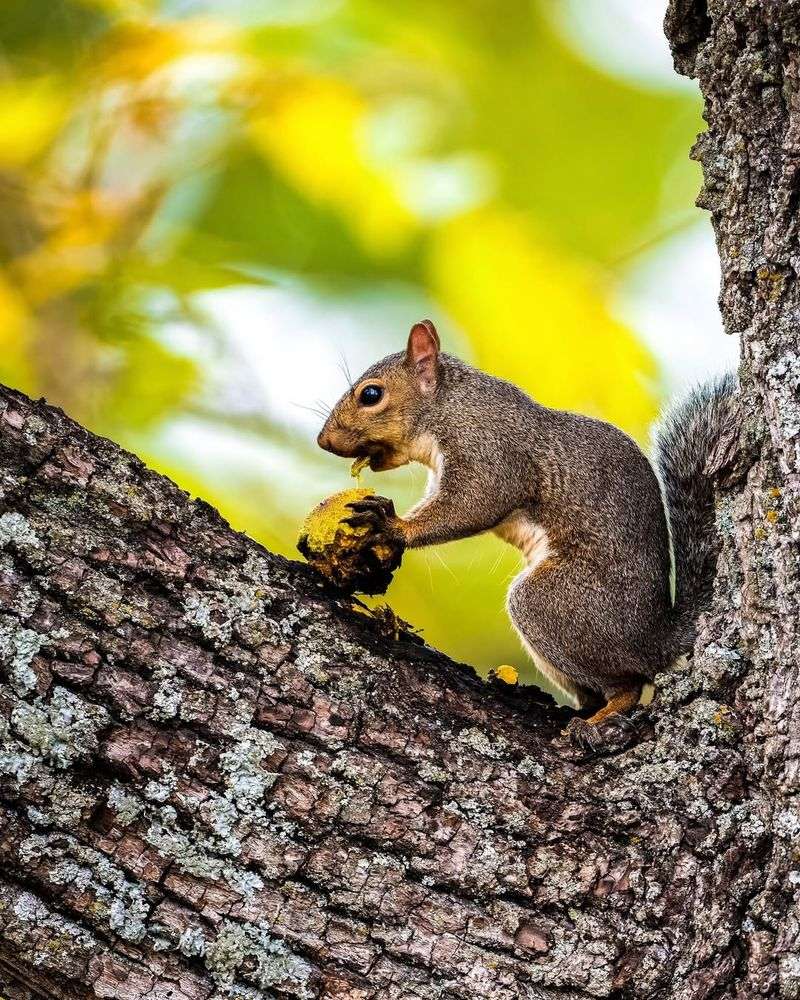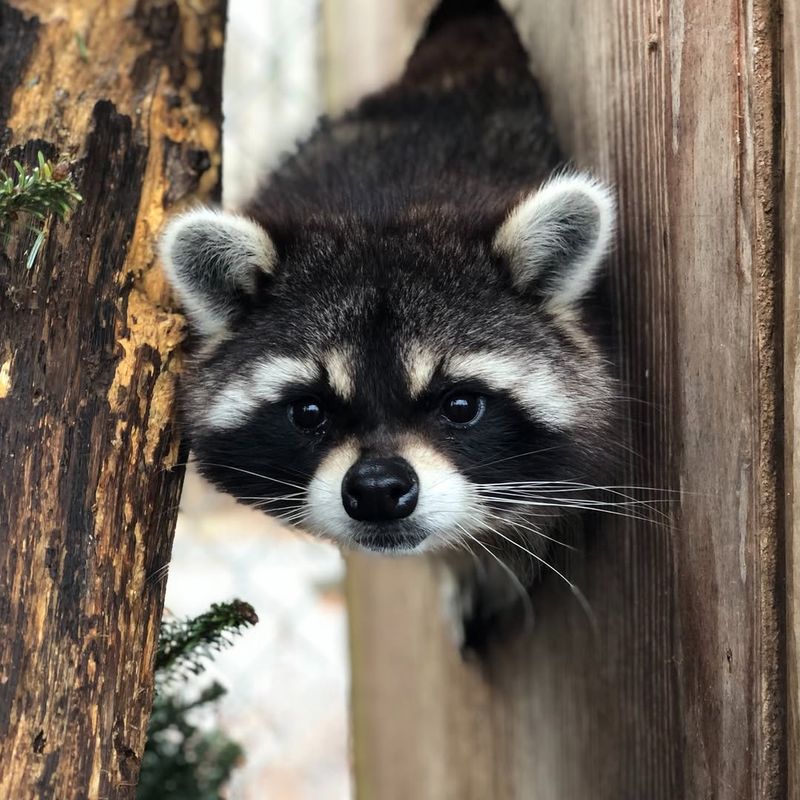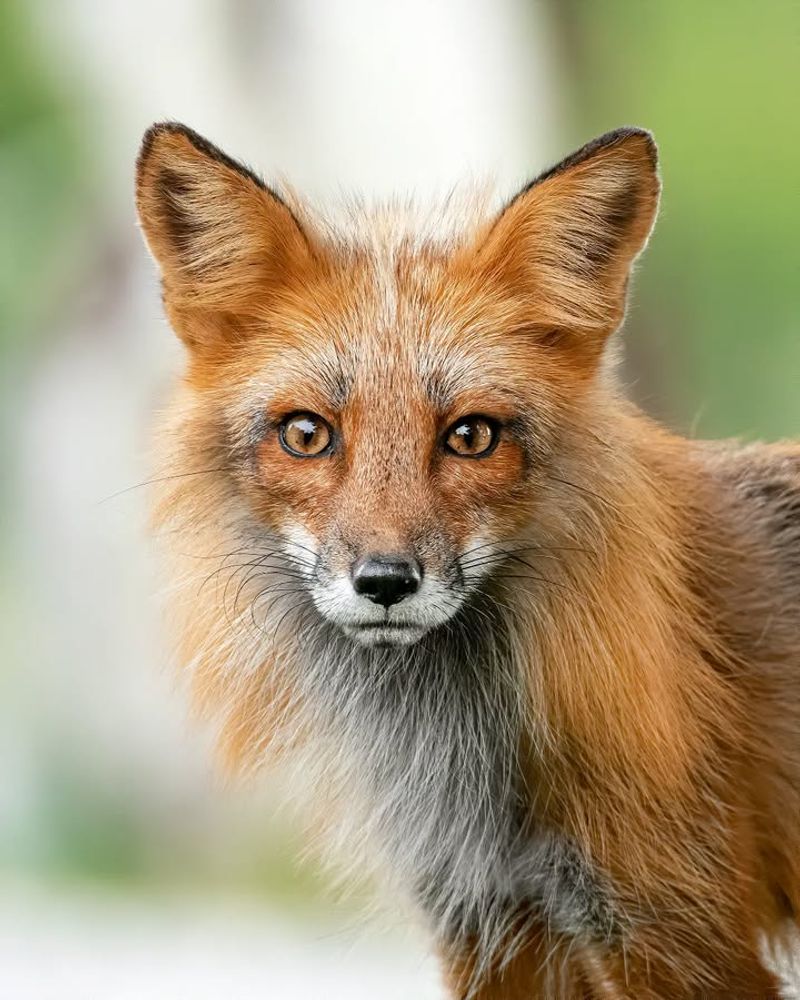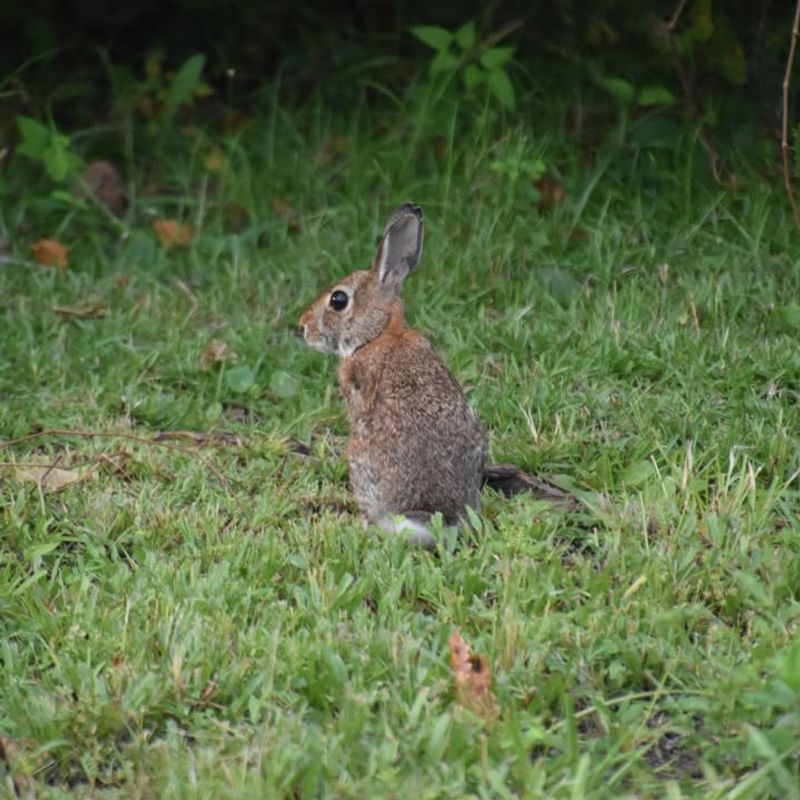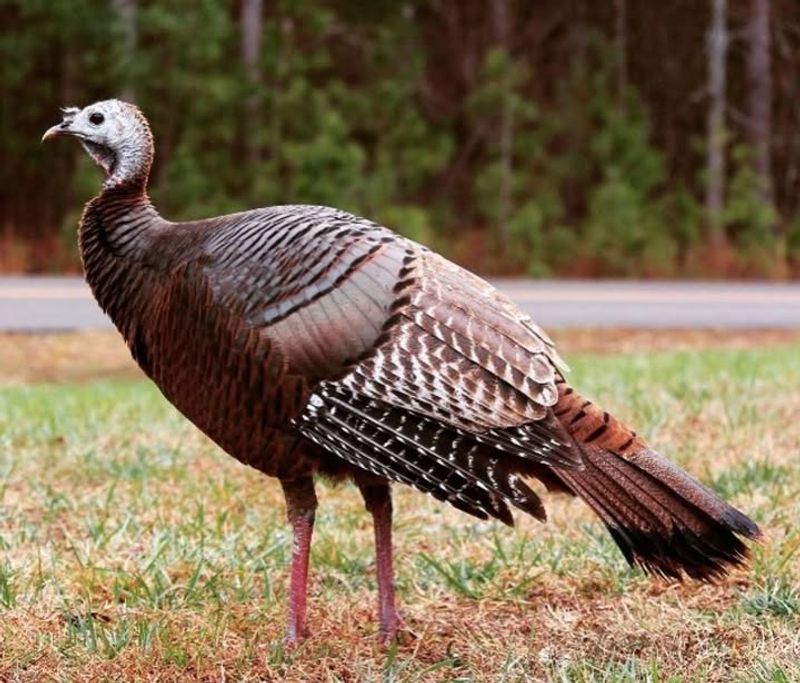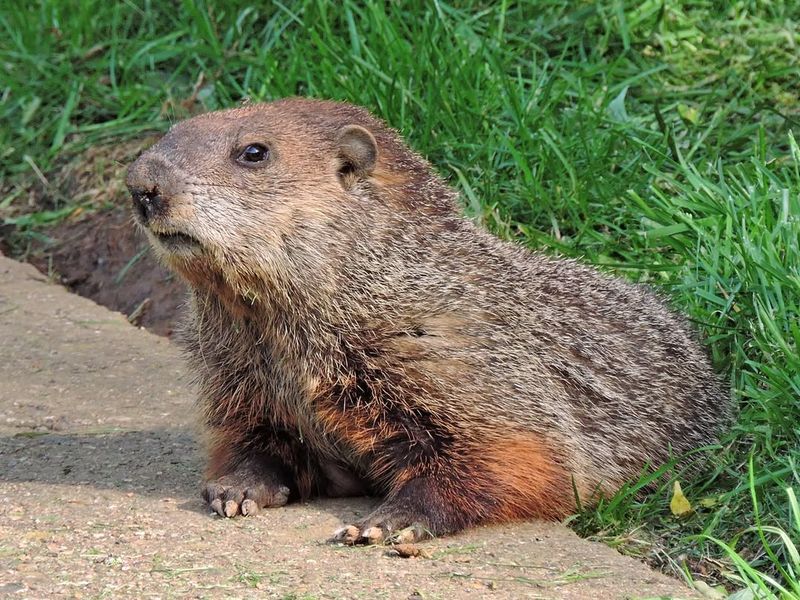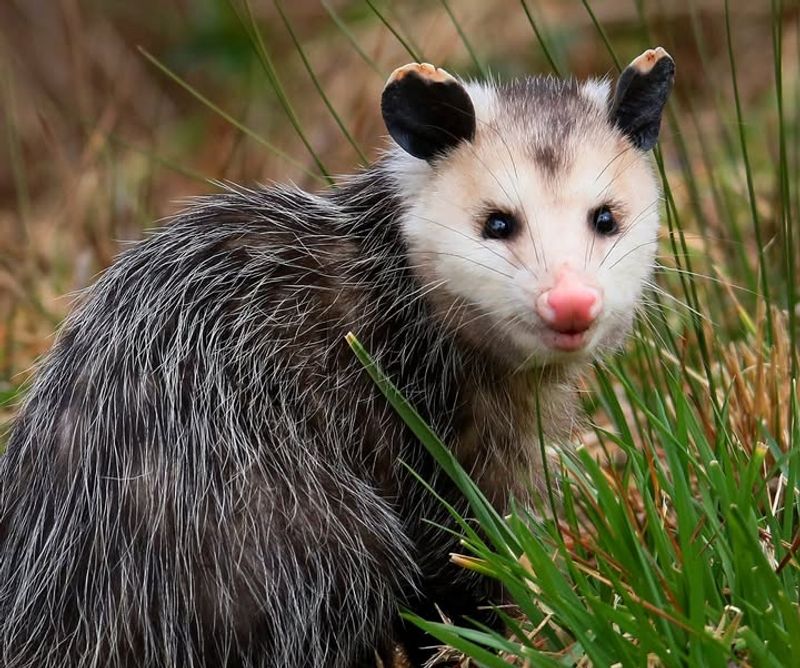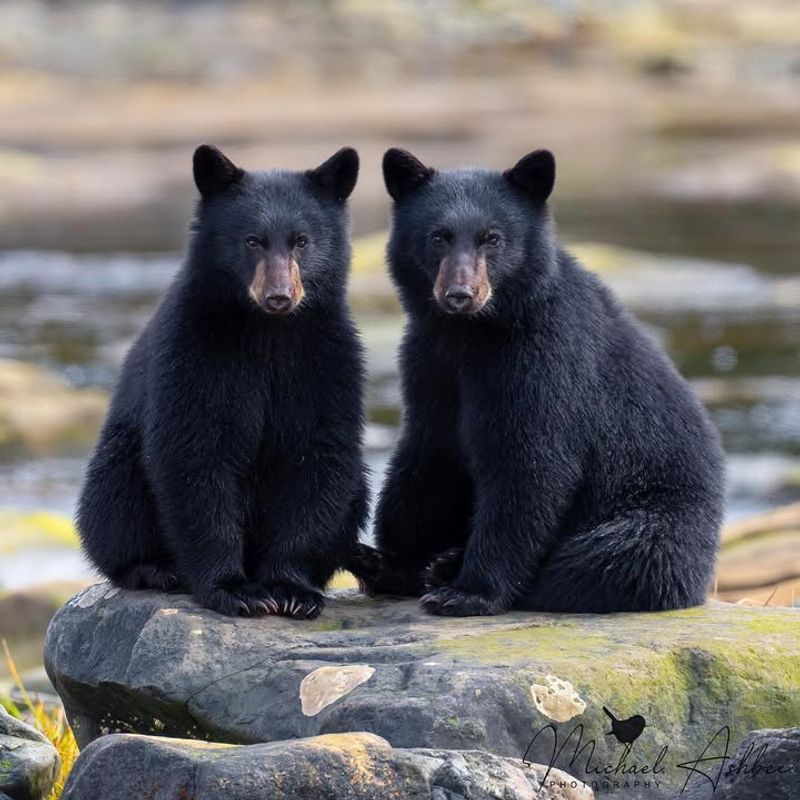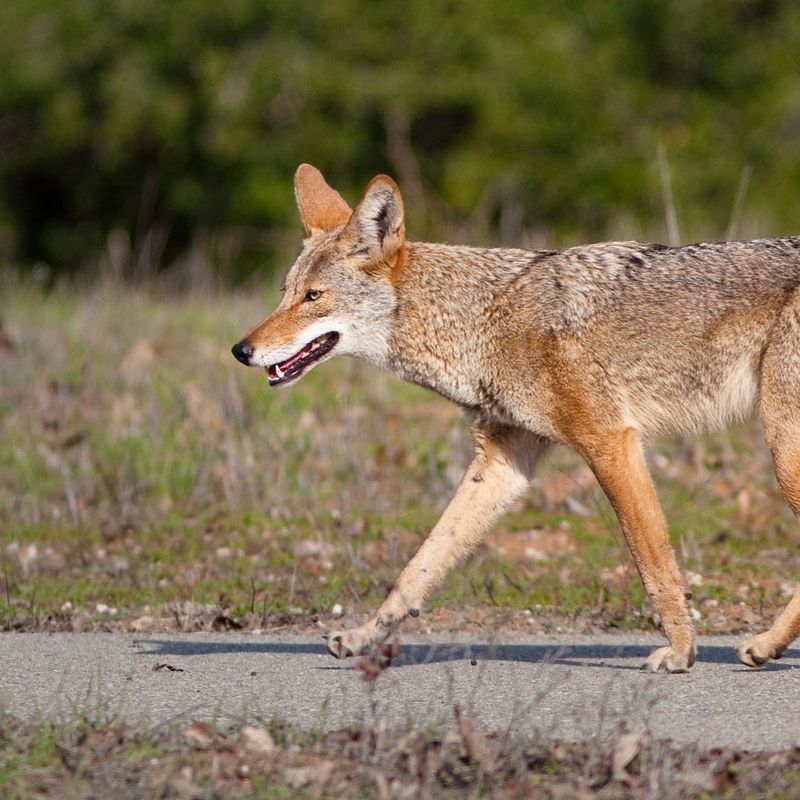Pennsylvania cities are becoming home to more wild animals than you might think. As urban areas expand into natural habitats, creatures big and small are learning to adapt and thrive right alongside us.
You could spot some of these amazing animals just by looking out your window or walking through your neighborhood!
1. White-Tailed Deer
With their graceful movements and distinctive white tails, deer have become regular visitors to Pennsylvania neighborhoods. They munch on garden plants, shrubs, and flowers, especially during early morning or dusk hours.
While beautiful to watch, they can damage your landscaping quickly. Installing tall fences or using deer-resistant plants like lavender and rosemary can help protect your yard.
Always observe from a distance because deer can become aggressive if they feel threatened, particularly during fawn season in spring.
2. Eastern Gray Squirrel
Watch any Pennsylvania park or backyard, and you’ll likely spot these bushy-tailed acrobats leaping between trees. Gray squirrels are incredibly adaptable, building nests in tree cavities or creating leafy dreys high in the branches.
They gather nuts, seeds, and berries throughout warm months, burying them for winter meals. Surprisingly, they forget many hiding spots, accidentally planting new trees across neighborhoods!
Their playful chasing games and daring jumps make them entertaining to observe from your kitchen window.
3. Raccoon
Famous for their bandit-like face masks and nimble paws, raccoons are nighttime explorers in Pennsylvania cities. Their incredible dexterity allows them to open garbage cans, unlatch gates, and even turn doorknobs!
Raccoons eat almost anything, from insects and fruits to leftover pizza in your trash. To avoid unwanted visits, secure garbage bins with tight lids and bring pet food indoors after dark.
Never approach or feed them, as they can carry diseases like rabies despite their cute appearance.
4. Red Fox
Spotting a red fox trotting through your neighborhood feels like glimpsing a wild secret. Their stunning rust-colored coats and fluffy white-tipped tails make them unmistakable against green lawns and sidewalks.
Foxes hunt mice, rabbits, and insects, actually helping control rodent populations around homes. They’re generally shy and prefer avoiding humans, often hunting during twilight hours when fewer people are outside.
If you see one, simply enjoy the moment quietly without approaching or attempting to feed it.
5. Eastern Cottontail Rabbit
Those fluffy cotton-ball tails bouncing across your lawn belong to Pennsylvania’s most common rabbit species. Cottontails love munching on clover, grass, and unfortunately, your vegetable garden’s tender shoots!
They’re most active during dawn and dusk, freezing motionless when sensing danger before bolting away in zigzag patterns. Baby rabbits often nest in shallow ground depressions lined with fur and grass.
If you find a nest, leave it alone because mother rabbits only visit briefly for feeding to avoid attracting predators.
6. Wild Turkey
Imagine seeing a bird nearly four feet tall strutting down your street! Wild turkeys have made remarkable comebacks in Pennsylvania cities, traveling in flocks called rafters.
Males display impressive fan-shaped tail feathers during spring mating season, gobbling loudly to attract females. They scratch through leaf litter searching for acorns, seeds, and insects throughout neighborhoods.
Although generally harmless, turkeys can become territorial during nesting season. Give them plenty of space, and they’ll continue on their way without bothering you or your property.
7. Groundhog (Woodchuck)
Pennsylvania’s official state animal loves digging extensive burrow systems beneath sheds, porches, and gardens. Groundhogs are surprisingly good climbers despite their chunky appearance, sometimes scaling trees to escape danger or survey their territory.
They hibernate during winter months, emerging around February to search for mates. Their vegetarian diet includes garden vegetables, making them unpopular with backyard gardeners trying to grow tomatoes and lettuce.
Fencing buried at least one foot underground can prevent these determined diggers from accessing your prized plants.
8. Opossum
North America’s only marsupial waddles through Pennsylvania neighborhoods after dark, searching for food with its hairless pink tail trailing behind. Opossums have fifty teeth, more than any other North American mammal!
They eat ticks, cockroaches, and other pests, making them beneficial neighbors despite their somewhat scary appearance. When frightened, they might hiss or famously play dead, lying motionless with their tongue hanging out.
This defensive behavior isn’t acting but an involuntary response to extreme stress, so leave them alone until they recover and wander away.
9. Black Bear
Seeing a black bear in your Pennsylvania neighborhood might sound unbelievable, but sightings are increasing as bear populations grow. Bears wander into cities searching for easy food sources like garbage, bird feeders, and pet food left outside.
They possess incredible senses of smell, detecting food from miles away. Most bears want to avoid humans and will leave if they don’t find accessible food.
Remove attractants, secure trash, and bring feeders indoors at night. If you encounter one, back away slowly while making yourself appear larger.
10. Coyote
Coyotes have quietly moved into Pennsylvania cities over recent decades, adapting remarkably well to urban environments. Smaller than wolves but larger than foxes, they hunt rodents, rabbits, and sometimes raid garbage for meals.
Their haunting howls echo through neighborhoods at night, communicating with pack members across territories. Coyotes rarely approach humans but may become bold if people feed them intentionally or accidentally through unsecured trash.
Keep small pets supervised outdoors, especially during dawn and dusk when coyotes are most active and hunting for food.

